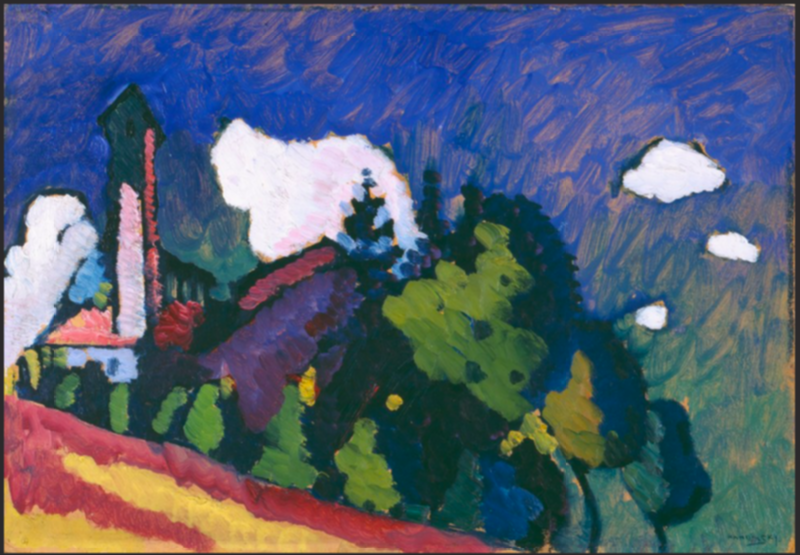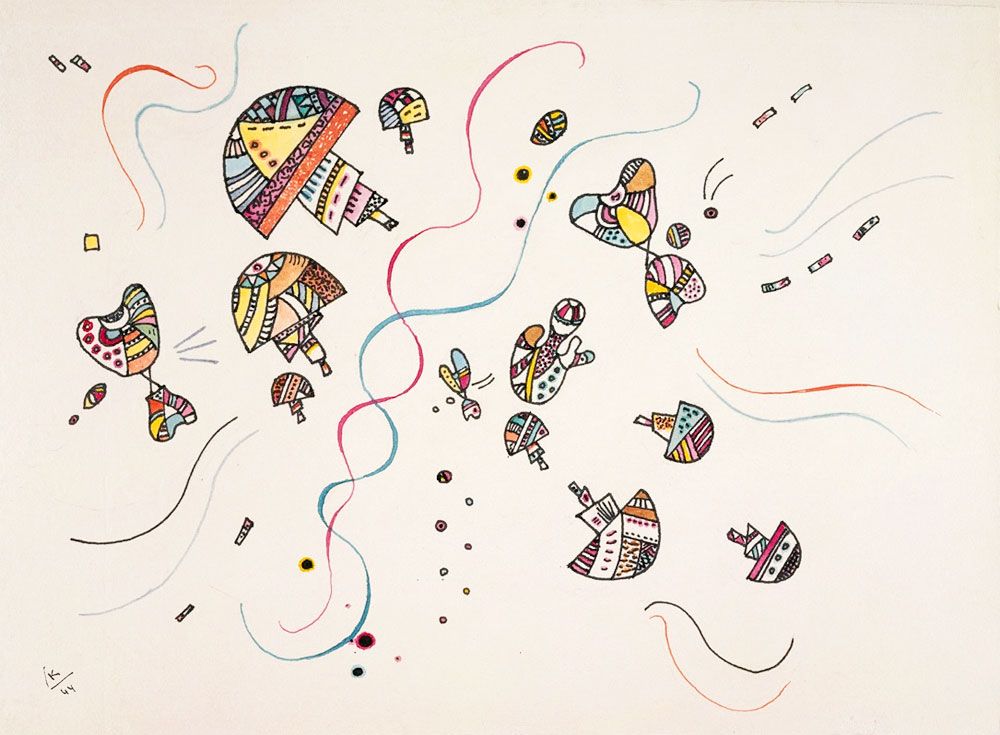Art Expression
When my mom died, I found a collection of sonnets she had written about colors. To go along with them, she made a series of corresponding collages. I'd known about this collection, but hadn't seen it since I was ten.
Although she was a writer, and a copywriter in advertising, too, I think her visual skills were more vivid than her words. At least as far as the sonnets went. In fairness its partly because of her age when she'd written them.
I am guessing these were written when she was 18 or 19. She had done some living up until that point. She was born in a Pittsburgh ghetto. Her earliest memories were watching the pimps and hookers walk up and down Federal Street on Saturday nights all dressed to the nines. This would have been at the height of Pittsburgh's Jazz Age, too, where artists like Billy Eckstine, Sarah Vaughan and the like
Unlike the Harlem Renaissance, Pittsburgh's Jazz Age came a few decades later, running from1940 until 1959. A lot of these moments were captured in glorious detail by Pittsburgh's own Teenie Harris, a photographer I admire as much for his compositions as his contribution as local historian of sorts.
By the time she was ten, Mom moved to a suburb, and then a few years later, a different suburb. Her life went from crushing poverty to comfortable middle class. But even during the crushing poverty period, her mom and dad shielded her as best they could from it, even though reality ws never all that far away.
By the time she got to high school her younger childhood was but a memory, and likely one she wanted to get as far away from as possible. By the time she got to her writing classes at the University of Pittsburgh, I suspect she was like a lot of other young adults her age including myself– we thought we had something to say and could approximate the format but didn't have enough life experience to create something startling. Her color sonnets, were accurate from a format standpoint, but felt more like she was still learning the ropes. Like most writers who start out, their influences show before they develop their own voice. Hers was no exception.
She even said to me once that around this time, she was sharing writing with her professor who said her work reminded him of Mary McCarthy. This is also true of Kerouac. While most kids in high school are only exposed to his work through On the Road, Kerouac's first novel published in his lifetime, The Town and the City is very much a pastiche of Thomas Wolfe. The chasm between The Town and the City and On the Road is as wide as it is deep.
It reminds me a lot of Kandisnky's early works versus the later works. This is the early.

This is his last painting.

Hard to believe it's the same person who created both. Very few artists change styles so thoroughly.
My mom took up art and returned to writing in the final years of her life, although she went more for paint than collage. Much like her writing at the time, her visual art was more primal, visceral and sometimes harrowing, reflecting the existential crisis she'd gone through having a long-failed marriage and two bouts with cancer.
All of her work was interesting. But if I had to choose her strongest period, and one I wished she'd explored more, it would have been the collages. This scan has long since faded. It was brown when I first discovered it as a kid. But it must have meant a lot to her to cart it around her entire life.
She called it "Red." And there is a sonnet to go with it that has nothing to do with the visual. But the visual alone explores the meanings of red in so many ways. The blood from a bull. The red-bloodedness of a matador. Christ's red bloodshed.
At some point I might take her original collages and write short stories to them. It might be a nice exercise and one I think she would have appreciated.